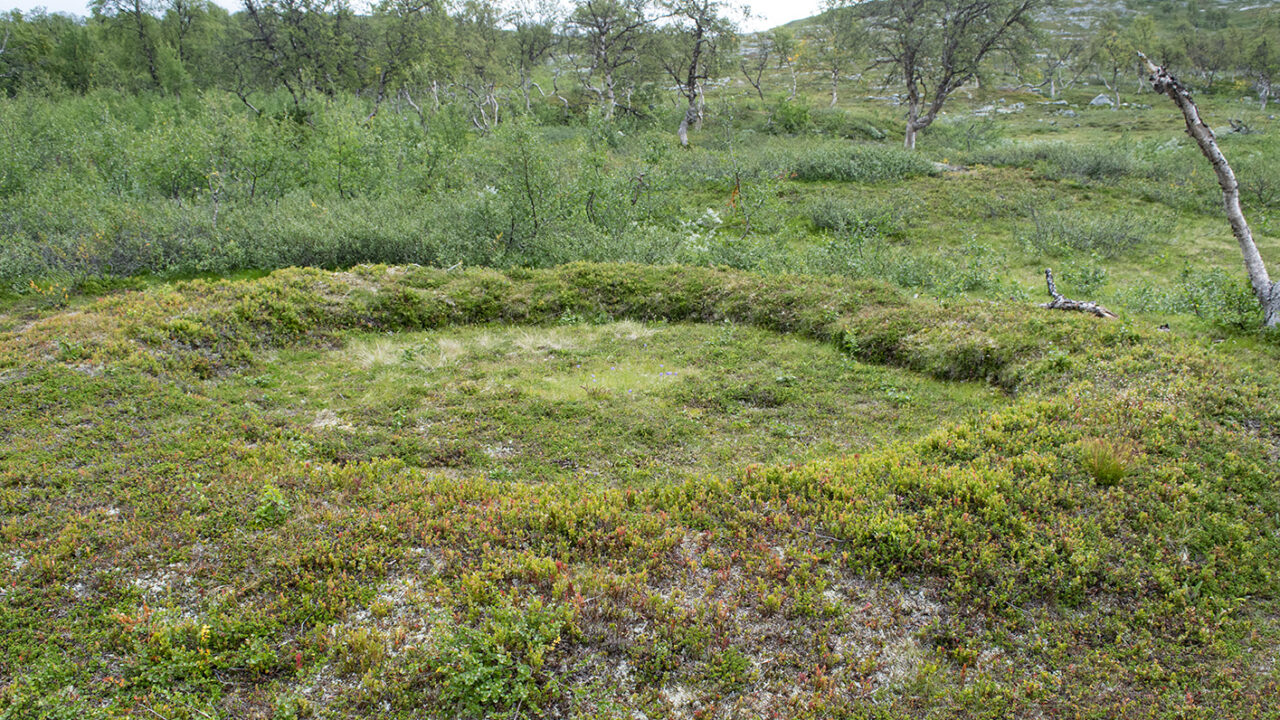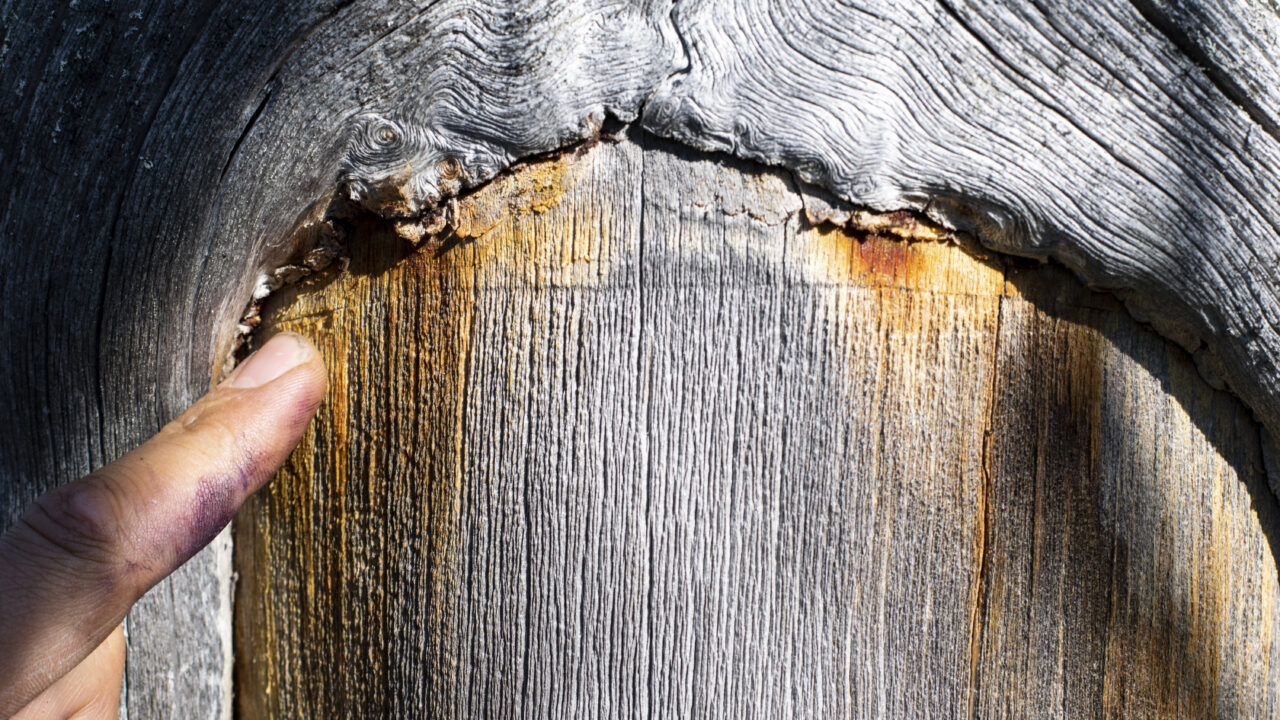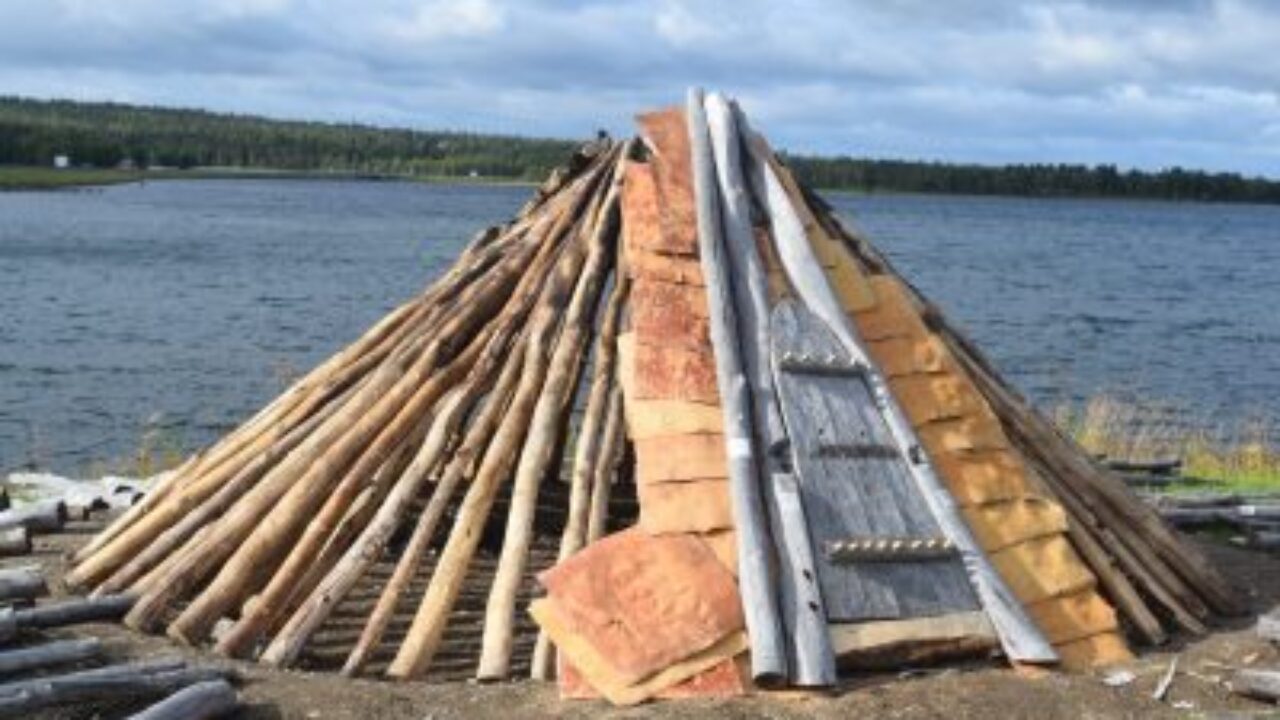World-class research
The evaluation by Sverker Sörlin (Royal Institute of Technology), Gunilla Almered Olsson (University of Gothenburg) and Bjørnar Olsen (University of Tromsø) states
The results of the research have been surprising and impressive - in the form of new knowledge, changes in accepted scientific views on the history of colonization, the use of nature and, in part, social organization, where cooperation rather than permanent competition between different groups emerges as an essential feature of the Norse past. The same judgment applies to a large extent to the significant scientific production and publication. There is extensive international scientific publication in reputable journals - archaeological, ecological, cultural history, environmental history and others. Over a period of twenty years, the research community has produced on average about 2-3 internationally published articles per year.
Furthermore, they write:
Other characteristics of the research are worth highlighting. One is the consistency of the research projects carried out. The research effort is impressive not least because of the persistent hypothesis-driving through the long series of studies. The work has strong local and regional roots, but at the same time spans several ecosystems within the Arctic landscape: mountains, forests, lakes and, more recently, the sea and seacoast. This has made it possible to carry out broad synthetic analyses that have been of great importance in several ways, not least for the state of research in Scandinavian natural resource research. It has provided new knowledge about social ecosystem adaptations in Arctic and subarctic environments and has made ongoing contributions to the debate on the use of natural resources and the rights of different groups.
At the same time, this research and its results are of great importance and relevance to other parts of the world, including those with completely different natural conditions. In cultures and ecosystems where nature use, time dimensions and conflicts over resources and rights occur, insights and results from INSARC's activities are valuable and provide inspiration and opportunities for comparison and new studies. For example, the most cited article has been used in vegetation history studies in the USA, Spain, Tibet, Chile, France, Peru, Russia/Siberia, Denmark, Finland, Norway and Sweden, as well as in more general and comprehensive studies.
The evaluation also notes that it is very unusual for a Swedish museum to have a research environment like the one at the Silvermuseet (INSARC).



